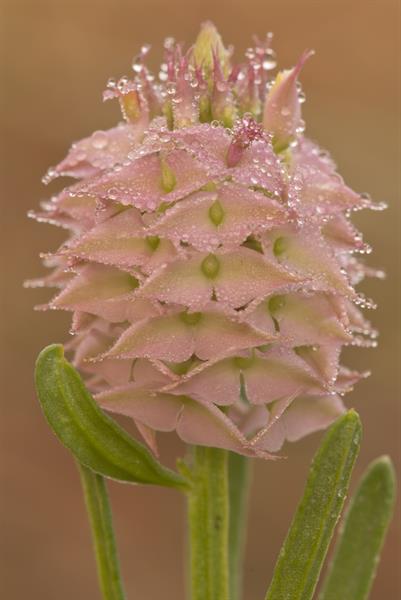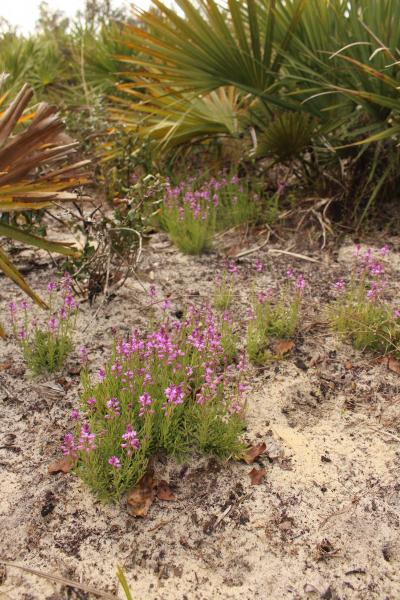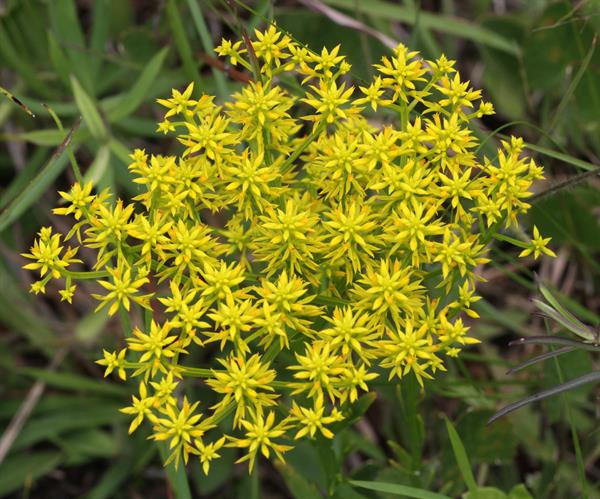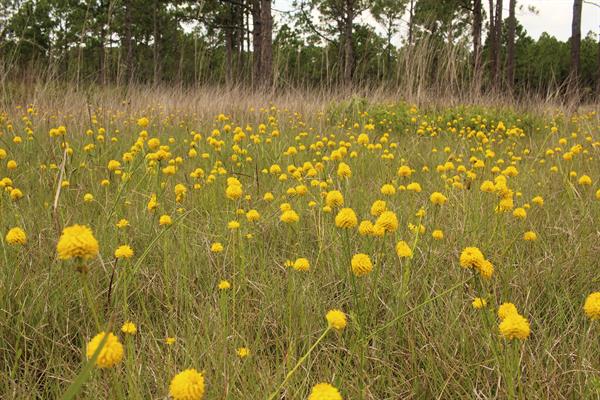
Contributed by Alan S. Weakley and Scott G. Ward
A genus of about 229 species, herbs (less typically subshrubs), of North America, central America, n. and c. South America, the West Indies, and sub-Saharan Africa. Senega is phylogenetically, morphologically, and geographically separated from Polygala, which is Old World (Pastore et al. 2023). All our members of Senega are in subgenus Senega; two other subgenera occur in sw. United States/Mexico and s. South America. Pastore et al. (2023) divided Senega subgenus Senega into 16 sections, of which nine are represented in our region (one section, Trichospermae, only by an introduced, historic waif, S. longicaulis). Many of the sections have long been recognized as natural groups, and some were previously given taxonomic status, sometimes at genus rank (as by Small); they are shown in the key and text.
ID notes:Flowers of Senega consist of an outer calyx whorl of 5 sepals (two of which are petaloid, aka "wings"), and an inner corolla whorl of 3 petals (the two dorsal petals comprising the floral tube). The "keel" refers to the lower petal that bears a fringed crest, acting as a landing platform for pollinators.
Ref: Abbott (2021) In Flora of North America Editorial Committee (2021); Barger et al. (2023); Eriksen & Persson In Kubitzki, Bayer, & Stevens (2007); Haines (2010); Neubig & Abbott (2020); Pastore (2013); Pastore et al. (2019); Pastore et al. (2023); Smith & Ward (1976); Sorrie & Weakley (2017a); Trauth-Nare & Naczi (1998). Show full citations.
Hover over a shape, letter, icon, or arrow on the map for definition or see the legend. Data for arrows not developed for genera and families which may have species only occurring outside the flora area.
 © Keith Bradley | Senega cruciata | Original Image ⭷
© Keith Bradley | Senega cruciata | Original Image ⭷ © Keith Bradley | Senega balduinii var. balduinii | Original Image ⭷
© Keith Bradley | Senega balduinii var. balduinii | Original Image ⭷ © Keith Bradley | Senega brevifolia | Original Image ⭷
© Keith Bradley | Senega brevifolia | Original Image ⭷ © Richard & Teresa Ware | Senega curtissii | Original Image ⭷
© Richard & Teresa Ware | Senega curtissii | Original Image ⭷ © Scott Ward | Senega cymosa | Original Image ⭷
© Scott Ward | Senega cymosa | Original Image ⭷ © Keith Bradley | Senega incarnata | Original Image ⭷
© Keith Bradley | Senega incarnata | Original Image ⭷ © Will Stuart | Senega lutea | Original Image ⭷
© Will Stuart | Senega lutea | Original Image ⭷ © Scott Ward | Senega lewtonii | Original Image ⭷
© Scott Ward | Senega lewtonii | Original Image ⭷ © Will Stuart | Senega ramosa | Original Image ⭷
© Will Stuart | Senega ramosa | Original Image ⭷ © Joey Shaw | Senega curtissii source | Original Image ⭷
© Joey Shaw | Senega curtissii source | Original Image ⭷ © Scott Ward | Senega rugelii | Original Image ⭷
© Scott Ward | Senega rugelii | Original Image ⭷ © Bruce A. Sorrie | Senega cymosa | Original Image ⭷
© Bruce A. Sorrie | Senega cymosa | Original Image ⭷Feedback
See something wrong or missing on about Senega? Let us know here: (Please include your name and email if at all complicated so we can clarify if needed.)
Cite as...